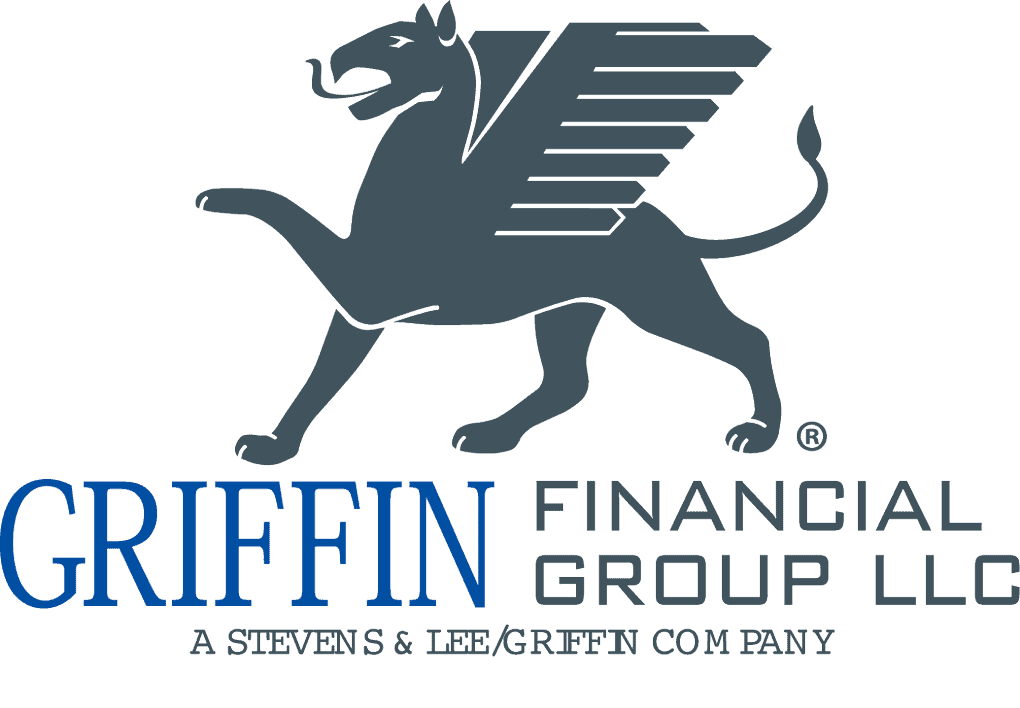
Opportunity Emerges from Coronavirus Crisis
Brought to you by Griffin Financial Group LLC

The banking industry has experienced shocks and recessions before, but this one is different.
Never has the economy been shut so quickly, has unemployment risen so fast or the recovery been so uncertain. The individual health risks that consumers are willing to take to create demand for goods and services will drive the recovery. As we weigh personal health and economic health, banking communities and their customers hang in the balance.
Ongoing economic distress will vary by market but the impact will be felt nationwide. Credit quality will vary by industry; certain industries will recover more quickly, while others like hotels, restaurants, airlines and anything involving the gathering of large crowds will likely need the release of a coronavirus vaccine to fully recover. As more employees work from home, commercial office property may never be the same. While this pandemic is different from other crises, some principles from prior experience are worth consideration as bankers manage through this environment.
Balance sheet over income statement. In a crisis, returns, margins and operating efficiency – which often indicate performance and compensation in a strong economy – should take a back seat to balance sheet strength and stability. A strong allowance, good credit quality, ample liquidity and prudent asset-liability management must take priority.
Quality over quantity. Growth can wait until the storm has passed. Focus on the quality of new business. In a flat yield curve and shrinking margin environment, resist the thinking that more volume can compensate for tighter spread. Great loans to great customers are being made at lower and lower rates; if the pie’s not growing, banks will need to steal business from each other via price in a race to the bottom. Value strong relationships and ask for pricing that compensates for risk. Resist marginal business on suspect terms and keep dry powder for core investments in the community.
Capital is king. It’s a simple concept, but important in a crisis. Allocate capital to the most productive assets, hold more capital rather than less and build capital early. A mistake banks made in prior crises was underestimating their capital need and waiting too long to build or raise capital. Repurchasing shares seems tempting at current valuations, but the capital may be more valuable internally. Some banks may consider cutting or suspend common stock dividends, but are fearful of condemnation in the market. The cost of carrying too much capital right now is modest compared to the cost of not having enough – for credit losses but equally for growth opportunity during the recovery.
The market here serves as the eye of the storm. The front edge of the storm saw the closure of the economy, concern for family, friends and staff and community outreach with the Paycheck Protection Program (PPP), not once but twice. Now settles in the calm. Banks have deployed capital, the infection rate is slowing and small businesses are trying to open up. But don’t mistake this period for the storm being over. There is a back edge of the storm that may occur in the fall: the end of enhanced unemployment insurance benefits, the exhaustion (and hopefully forgiveness) of PPP funds and the expiration of forbearance. Industries that require a strong summer travel and vacation season will either recover or struggle further. And any new government stimulus will prolong the inevitable as a bandage on a larger wound. Banks may see credit losses that rival the highest levels recorded during the Great Recession. Unemployment that hits Great Depression-era levels will take years to fully recover.
But from crisis comes opportunity. Anecdotal evidence suggests that business may shift back to community banks. When markets are strong, pricing power, broad distribution and leading edge technology attract consumers to larger institutions. In periods of distress, however, customers are reminded of the strength of human relationships. Some small businesses found it difficult to access the PPP because they were a number in a queue at a larger bank or were unbanked without a relationship at all. Consumers that may have found it easy to originate their mortgage online had difficulty figuring out who was looking out for them when they couldn’t make their payment. In contrast, those that had a banking relationship and someone specific to call for help generally had a positive experience.
This devastating crisis will be a defining moment for community banks, as businesses and consumers have new appreciation for the value of the personal banking relationship. Having the strength, capital, brand and momentum to take advantage of the opportunity will depend on the prudence and risk management that these same banks navigate the pandemic-driven downturn today.


